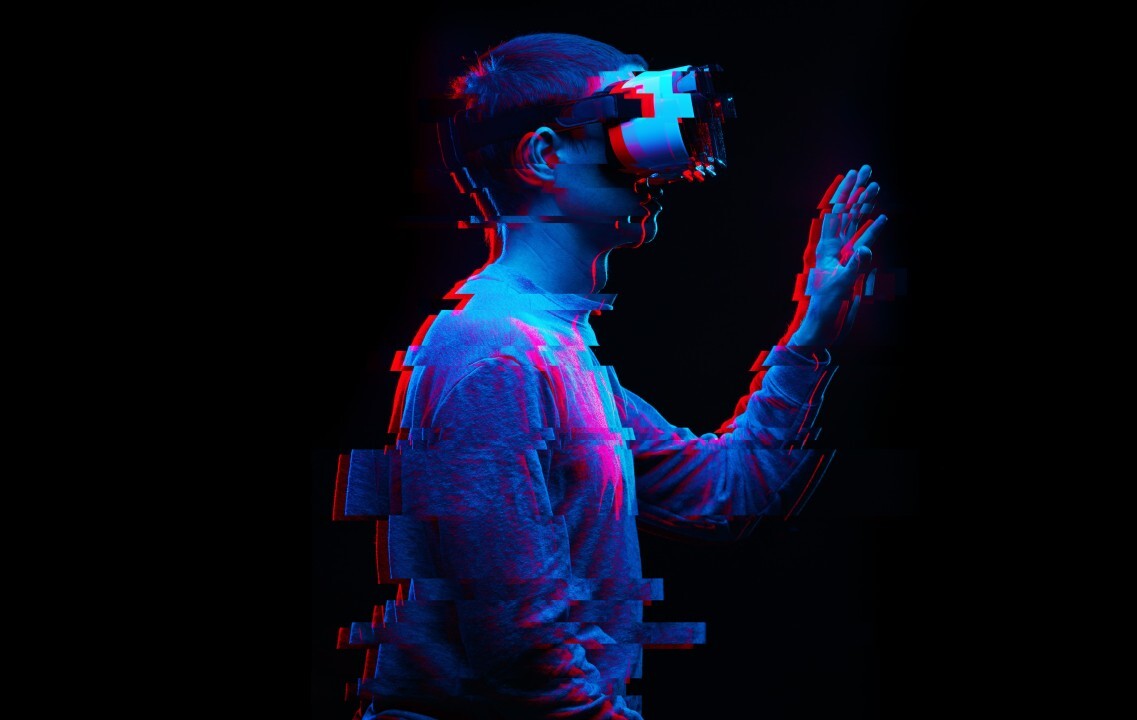Extended Reality (XR) is transforming how we interact with the digital and physical worlds, merging them into seamless experiences. This umbrella term encompasses Augmented Reality (AR), Virtual Reality (VR), and Mixed Reality (MR)—technologies that are redefining entertainment, education, healthcare, and more. Let’s dive into what XR is, its applications, and its future potential.
What is Extended Reality (XR)?
XR refers to all immersive technologies that extend reality by combining the real and virtual worlds. Here’s a breakdown of its components:
- Augmented Reality (AR):
- Enhances the real world by overlaying digital elements, such as images, sounds, or animations, through devices like smartphones, AR glasses, or headsets.
- Example: Pokémon GO or IKEA Place, which lets users visualize furniture in their homes.
- Virtual Reality (VR):
- Creates a fully immersive digital environment that users can explore and interact with using VR headsets.
- Example: Oculus VR games or virtual tours of historical sites.
- Mixed Reality (MR):
- Blends the physical and digital worlds so that virtual objects can interact with the real environment in real-time.
- Example: Microsoft HoloLens, used for interactive design and training.
Applications of Extended Reality
1. Gaming and Entertainment
- XR is revolutionizing gaming with immersive experiences, where players feel like part of the virtual world.
- Entertainment venues are adopting XR for virtual concerts, theme park rides, and cinematic experiences.
2. Education and Training
- XR enables realistic simulations for training in fields like healthcare, aviation, and military operations.
- AR and VR make learning interactive, helping students visualize complex concepts in science, history, and art.
3. Healthcare
- XR is used for surgical simulations, patient rehabilitation, and mental health therapies.
- AR assists surgeons by overlaying real-time data during operations, while VR provides calming environments for anxiety treatment.
4. Retail and E-Commerce
- AR lets customers try products virtually before buying, from clothes to makeup to furniture.
- Virtual stores in VR environments provide an entirely new shopping experience.
5. Real Estate and Architecture
- Architects use MR to visualize designs in real-world settings.
- Virtual property tours enable clients to explore homes without visiting in person.
6. Workplace Collaboration
- XR facilitates remote collaboration by creating virtual meeting spaces where team members can interact as if they were in the same room.
- Companies are adopting VR for virtual onboarding and employee training.
Technologies Powering XR
- XR Devices:
- AR: Smartphones, AR glasses (e.g., Google Glass, Magic Leap).
- VR: Headsets (e.g., Oculus Rift, HTC Vive).
- MR: HoloLens, Magic Leap.
- 5G Networks:
- High-speed connectivity enables seamless XR experiences with minimal latency.
- AI Integration:
- AI enhances XR by enabling real-time object recognition, natural language processing, and adaptive experiences.
Challenges of Extended Reality
- High Costs:
- XR devices and development are expensive, limiting accessibility.
- Health Concerns:
- Prolonged use can lead to motion sickness, eye strain, and physical discomfort.
- Data Privacy:
- XR applications collect vast amounts of user data, raising privacy concerns.
- Technical Limitations:
- Issues like limited battery life, bulky devices, and insufficient processing power hinder adoption.
The Future of Extended Reality
The future of XR looks promising, with advancements in hardware and software making it more accessible and impactful. Upcoming trends include:
- XR in Smart Cities: AR-assisted navigation and MR-enabled infrastructure design.
- Haptic Feedback: Devices that simulate touch sensations to enhance immersion.
- Virtual Social Networks: Platforms where users interact as avatars in virtual spaces.
Extended Reality is redefining how we engage with the world, blending physical and digital experiences in ways that were once the realm of science fiction. As XR technologies advance, their applications will become even more integrated into our daily lives, offering endless possibilities for innovation and growth. Whether in entertainment, education, or business, XR is not just extending reality—it’s reshaping it.
The era of immersive experiences is here, and XR is leading the charge. Are you ready to embrace it?
Topics: AR VR MR Augmented Reality Extended Reality Future of XR Immersive Technology Virtual Reality Trends













